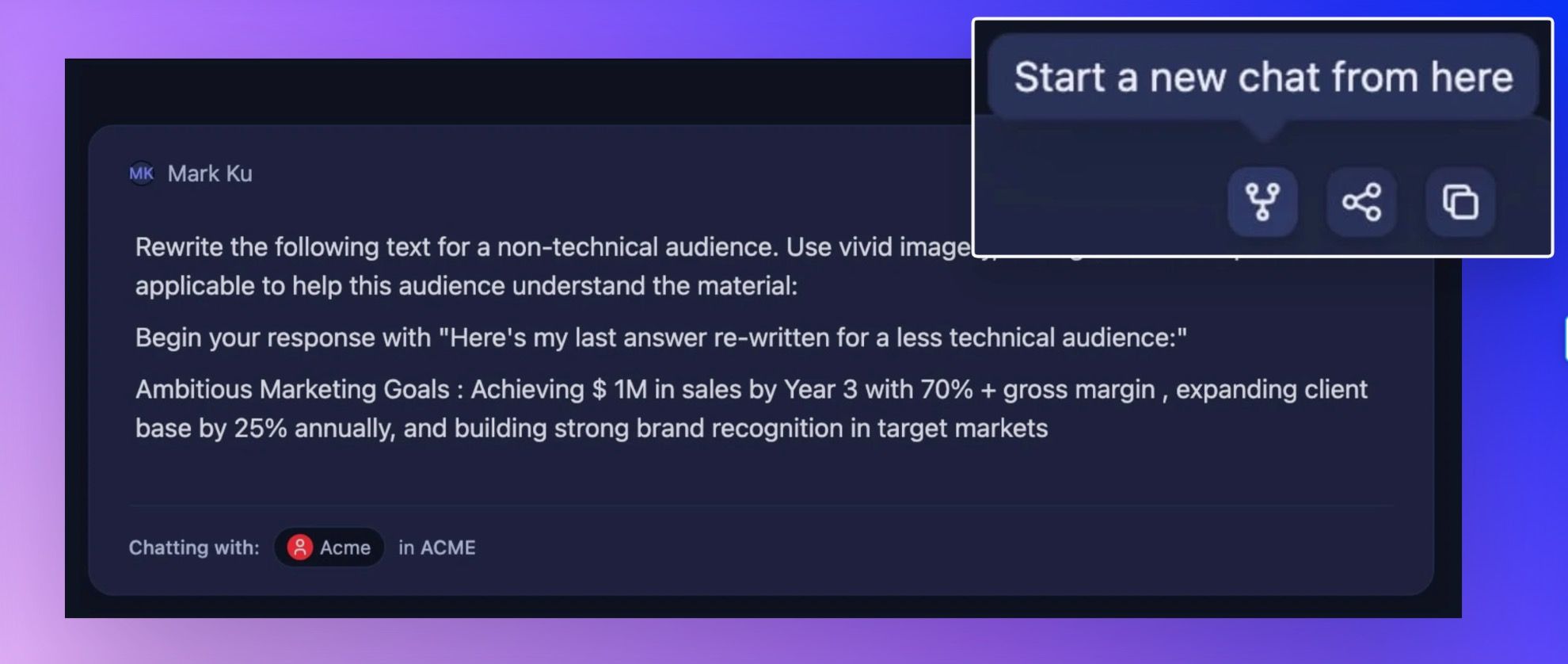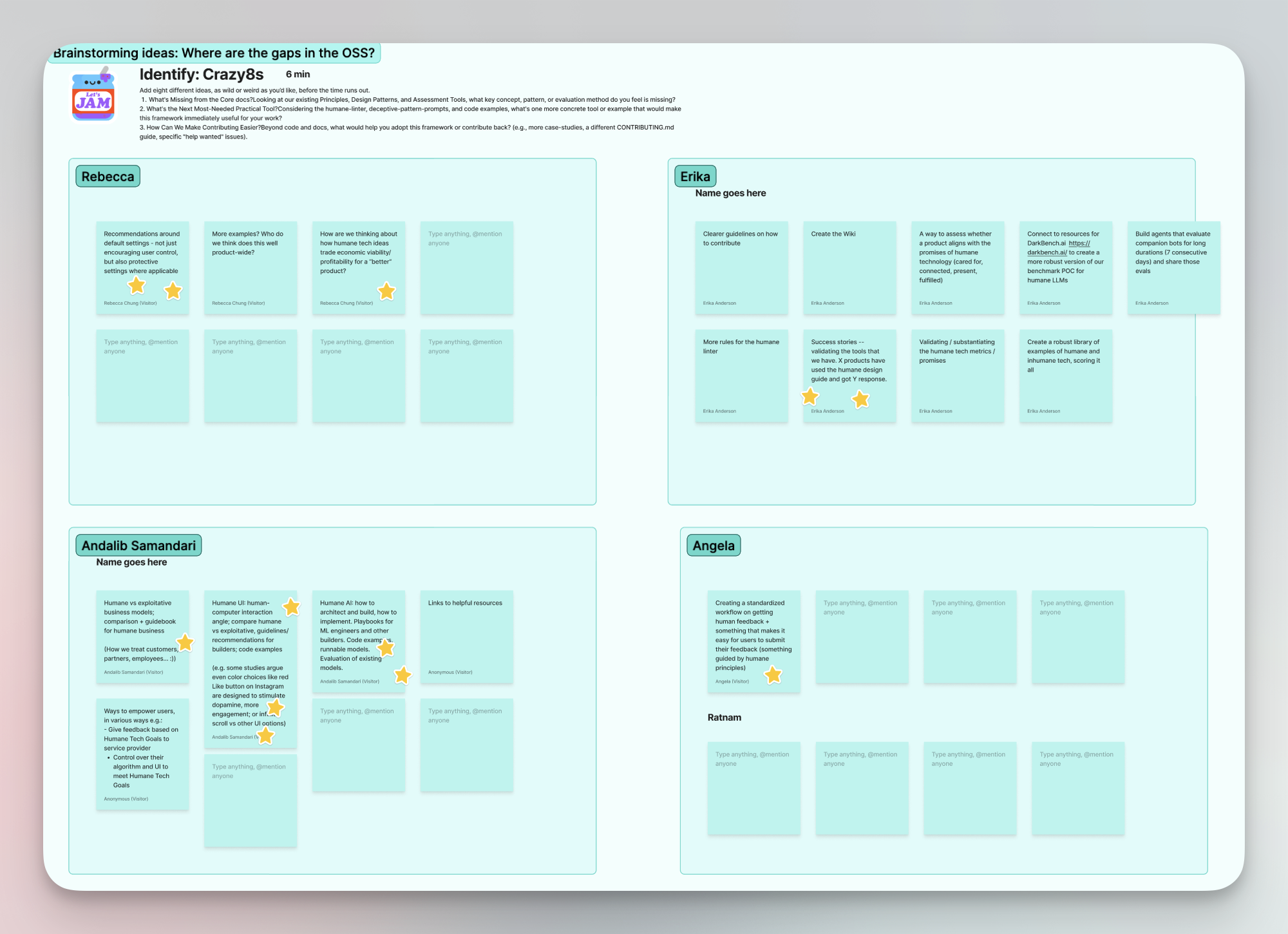Share this post
How to Run a Storytell Pilot with Your Team: Setup, Success Metrics, and Next Steps
A practical guide to getting value with Storytell
April 24, 2025

When you're introducing a new tool into your team’s workflow, often a pivotal question is, can we try it first?
At Storytell, the answer is yes—and let’s do it in a way that sets your team up for success.
We’ve seen again and again that the best way to understand how Storytell can do magic for teams isn’t through a one-off demo or a generic trial—it’s by actually using it. That’s why we offer guided pilot programs that aren’t just about testing software. They’re about supporting teams to explore new ways of working, backed by clear outcomes and thoughtful onboarding.
Quick start action list
Set your team up for a successful pilot with these first steps:
- Identify your pilot team
- Create Storytell accounts for all your team members
- Install the Chrome Extension on each team member’s browser
- Define pilot goals and share them with the team
- Track individual usage and supported workflows
- Schedule weekly feedback sessions
- Define what success looks like (e.g., faster workflows, fewer meetings)
- Set a regular check-in and support process.
Why we run pilots this way
We’ve worked with teams across product, research, design, marketing, and operations. No two teams use Storytell in exactly the same way, but when pilots go well, they have a few key things in common:
- People don’t just try the tool—they adopt it.
- The team sees clear wins early.
- Success is defined from the start—not retrofitted at the end.
We’ve shaped our pilot process to reflect those realities. It’s a lightweight structure that still provides enough support, guidance, and accountability to help teams learn what’s possible.
The Storytell pilot journey
Here’s what it looks like from start to finish:
1. Choose your pilot group
We recommend casting a wide net. Include a mix of roles or include all of them—writers, PMs, team leads, analysts, knowledge sharers. Pilots thrive when people bring different workflows and questions to the table. Don't just think about the number of seats you want. Think about all the people who could use it because we're going to learn during this programme.
You don’t need everyone to “get it” right away. You just need a few curious minds ready to test and share what they learn.
2. Get into the product
Once your group is identified, we provide temporary licenses and help your team:

- Install our Chrome Extension (the fastest way to embed Storytell into daily work)

- Join a shared Slack channel with us for ongoing support
We’ve found that giving everyone access—not just a single champion—creates the most momentum and insights.
3. Join our kickoff call
We host a live session to:
- Demo how Storytell works
- Talk through your team’s specific use cases
- Define what success looks like (fewer meetings? faster content? smoother onboarding?)
- Answer questions and spark ideas

This is where the shift happens—from “What is this?” to “Here’s how we could use this today.”
We also introduce the Storytell ladder of engagement—from:
- I’ve heard of it
- I have an account
- I installed the Chrome Extension
- I’m actively using it in a real workflow
- I’m sharing it with teammates
Our goal is to move as many people up that ladder as possible by the end of the pilot.
4. Use Storytell like it’s already part of the team
We encourage teams to use the pilot period like a full rollout. No sandboxing. No hypotheticals. We want people to try Storytell in real work: writing posts, analyzing threads, improving knowledge sharing, and accelerating collaboration.
Giving each participant their own license is key, not just for security and ease of use, but because tools like Storytell need personal engagement to be effective.
5. Stay close during the pilot
Throughout the 4–8 week pilot period, we stay connected:
- Our Slack channel is open for questions, wins, and ideas.
- We do check in calls.
- We track progress based on the success metrics you set up in the kickoff.
This isn’t a “set it and forget it” trial—it’s a partnership. Our job is to help your team get real value, fast.
6. Wrap up and reflect
At the end of the pilot, we bring it all together:
- What worked? What didn't work?
- Where did you see the most impact?
- What would scaling this look like?
We also talk through what the next step might be—whether it’s expanding access, integrating more teams, or co-designing a rollout.
What success actually looks like
In pilots that go well, we consistently see a few signals:
✅ Team members know how and when to use Storytell.
✅ People feel ownership of the tool and its potential
✅ Use cases emerge naturally—from onboarding docs to stakeholder updates.
✅ There’s a shared sense of “we don’t want to go back to the old way.”
One of our favorite pilot stories came from a team that, during week three, had already written more high-quality posts than they had in the previous two months because the friction was gone. They weren’t blocked by blank pages or disconnected threads. Storytell helped them move with clarity and confidence.
Let’s build something that works for your team
At Storytell, we don’t believe in one-size-fits-all solutions. Every pilot we run is a collaboration—a chance to shape the product around your team’s real needs and workflows.
When a pilot goes well, it doesn’t just prove value. It unlocks momentum. People feel more aligned. Knowledge flows more freely. Ideas move faster.
If you're ready to explore what that could look like for your team, you can book a demo anytime. We'll walk you through it and set up a pilot that makes sense for where you are.
Interested in running a pilot? Here's how to get started:
If you're part of a team and want to test Storytell, you can kick things off in two easy ways:
- Book a demo – Just mention you're interested in a pilot program, and we’ll tailor the session to your team.

- Or reach out to me directly to set things up with a more personal touch.
We’ll guide you through every step—from setup and onboarding to defining success and measuring impact.
Gallery
No items found.
Changelogs
Here's what we rolled out this week
No items found.


